Tent City: Stories of Civil Rights in Fayette County, Tennessee
Historical Overview
I do not know what will happen to the people here in the tents. They will probably move out of the tents one by one, with a bitter taste in their mouths. Everybody has suffered. But there have been victories here in Fayette. The surplus food (from the federal government) would not have come without pressure from all over the country and the Embarrassment caused to the United States Government by the tents... —James Forman, SNCC Activist
The attempt to starve out American citizens to keep them from exercising their vote is shocking to the national conscience. —Senator Clifford Case, Baltimore Afro-American Historian Oct. 22, 1960
Please use links below for historical overview of the Fayette County civil rights movement. Through video excerpts, activists share their stories of their struggle for racial equality.
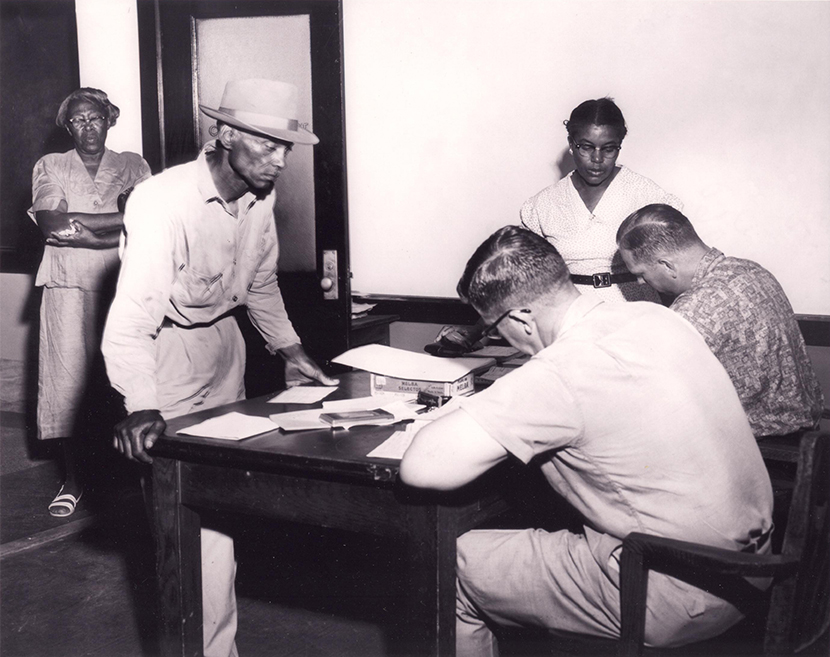 Voter registration circa 1960 |
1959: African Americans in Fayette County Demand the Right to Vote |
|
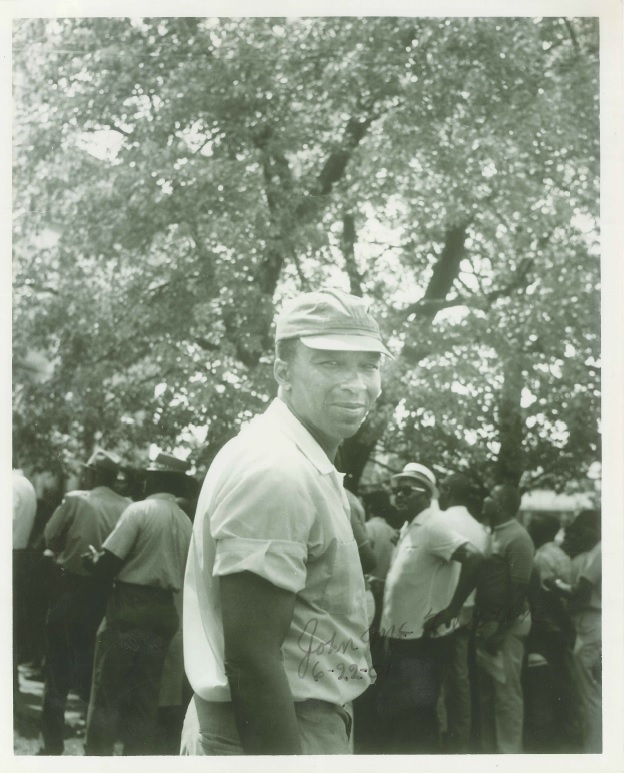 John McFerren with blacks seeking to register, courthouse, circa 1960 |
Local African American Activists Emerge as Dynamic Leaders |
|
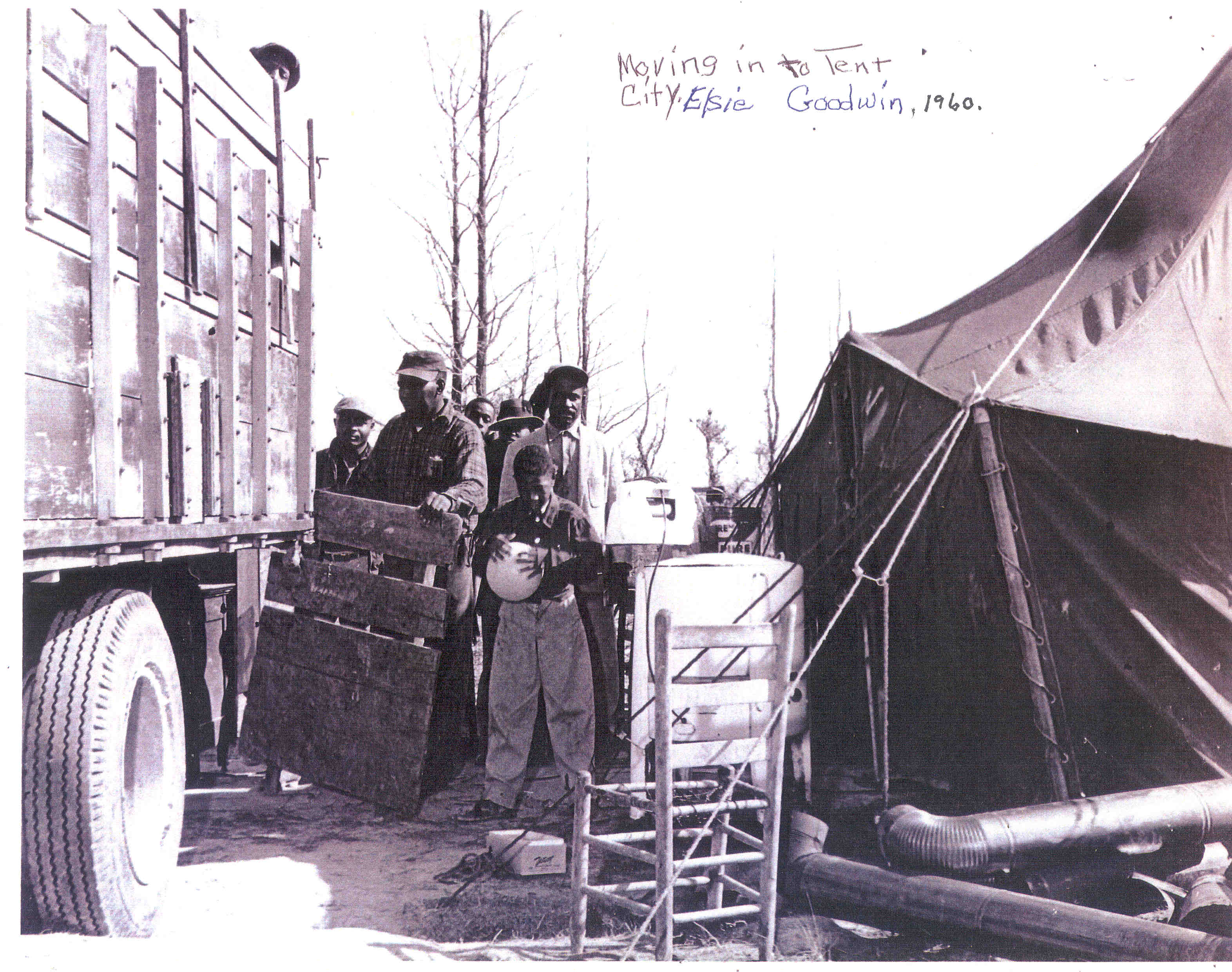 Tent City. Circa 1960 |
Whites Organize to Retaliate Against Blacks for Registering to Vote |
|
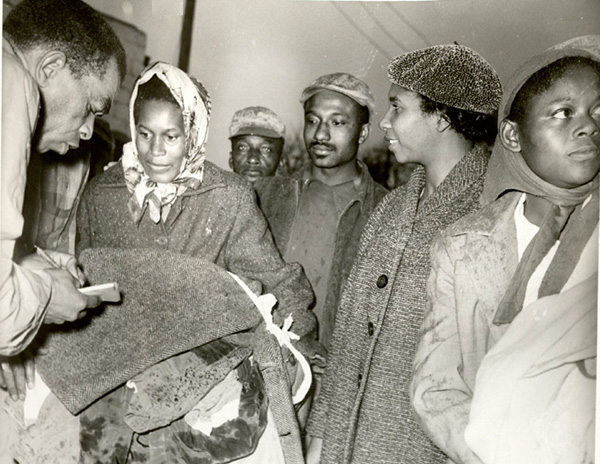 Ted Poston (left), New York Post, interviewing activists circa 1960 |
Black Activists Expose White Retaliation, Gain International Support, and Pursue an Aggressive Civil Rights Strategy |
|
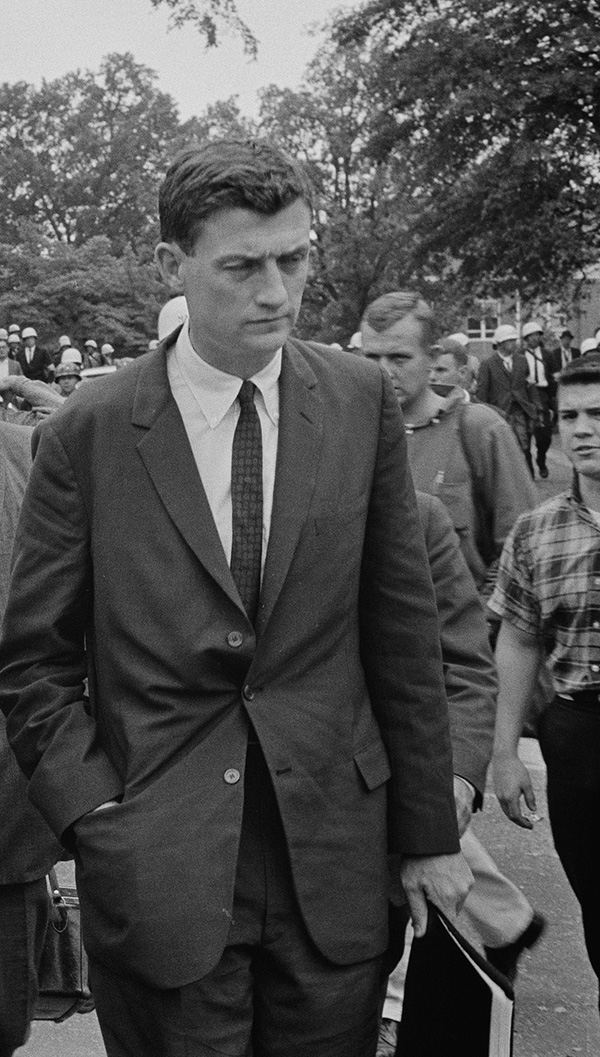 John Doar, Ass't Atty General, U.S. Dept. of Justice, Civil Rights Division. Year unknown |
"Some Progress:" Activists, Their Supporters and the Intervention of the Federal Government |
|
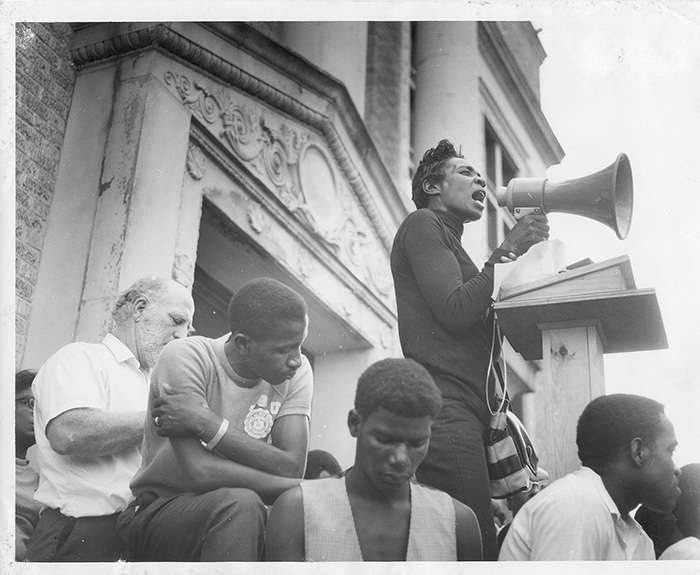 Maggie Mae Horton leads rally at courthouse. Year unknown |
Lessons of Tent City and Our World Today |
This essay was written by Daphene R. McFerren, J.D., Loel Kim, Ph.D., associate professor of English and a developer of this website, and Mae Israel, a former reporter and an editor for the Hooks Institute, provided invaluable insights and editorial assistance on this essay.
Some of the sources used to create this essay can be found in bibliography section of the website.
Sung by Pete Seeger Source: Smithsonian Folkways
